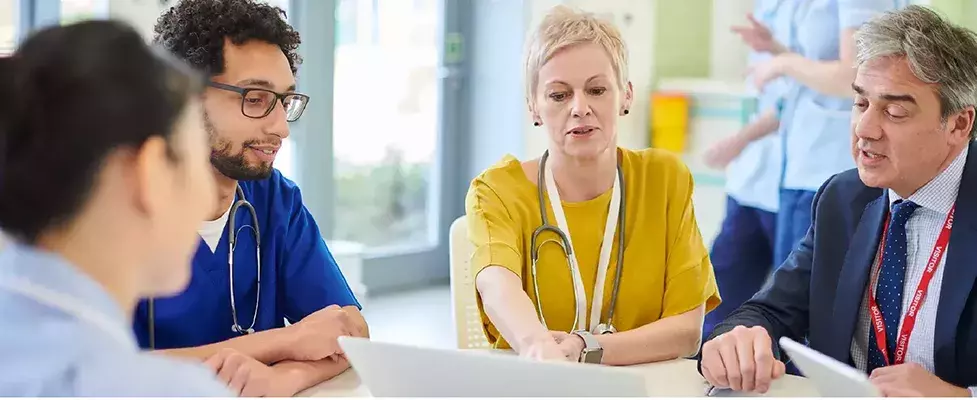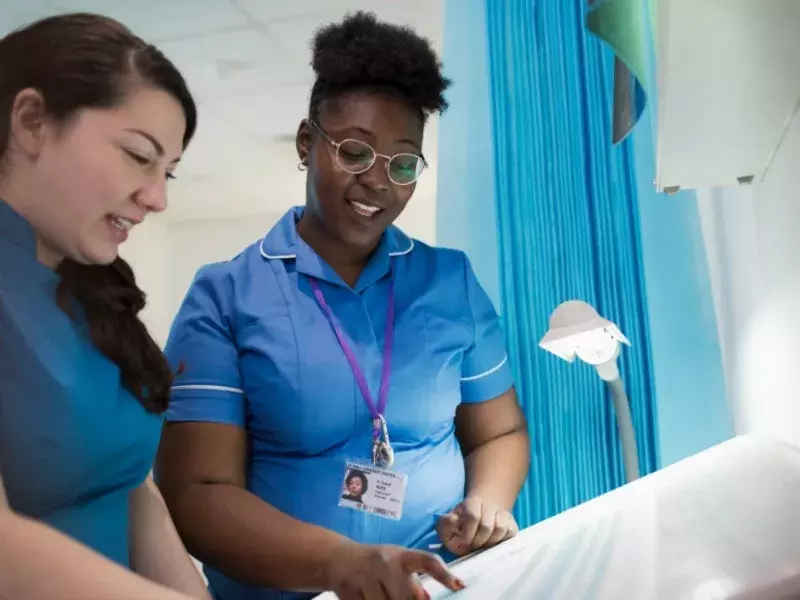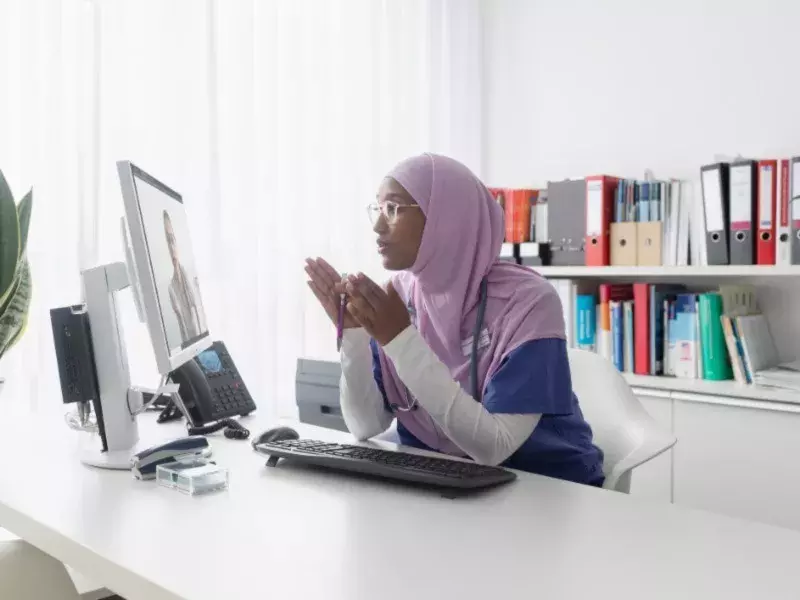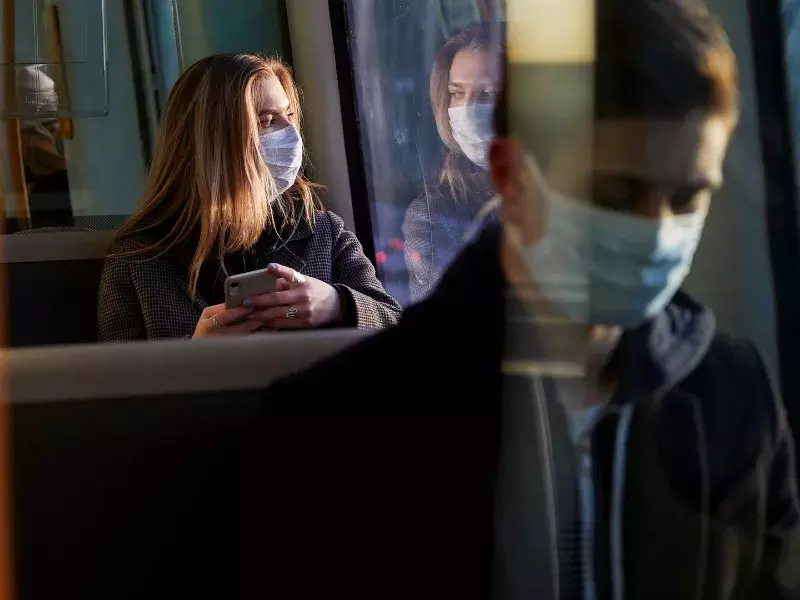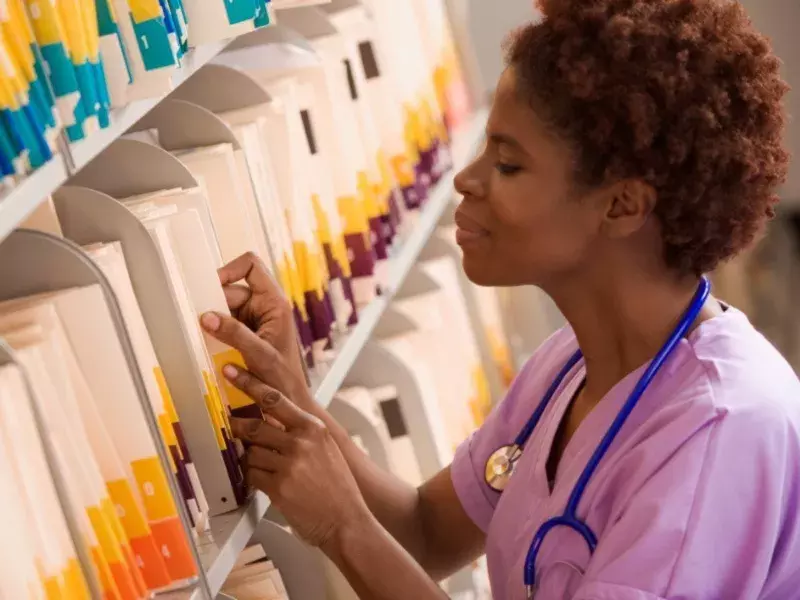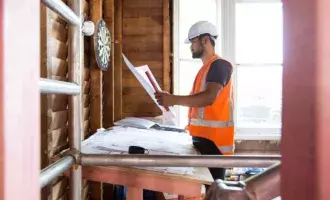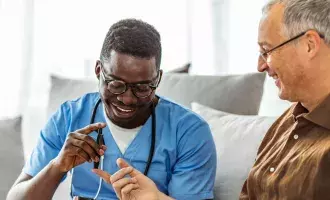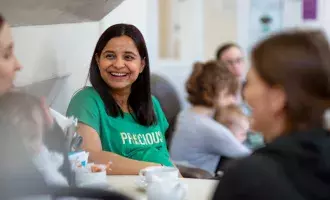The current landscape of global economic uncertainty, the ongoing legacy of the Covid-19 pandemic, and the need to get to grips with the new integration agenda are putting increasing pressure on the NHS.
With over 20 years’ experience of making a tangible difference in healthcare, at Capita we understand these challenges. We’re helping the NHS to find relevant answers to long term objectives and immediate pressures, applying our unique breadth of capabilities across people, skills, technology and back-office transformation across a diverse range of care areas.
With a focus on relevant, sustainable partnerships, implemented for both long term benefit and immediate peace of mind, we’re helping the NHS frontline every day, including supporting the primary care of over 56 million people in England.
Take a look at our library of useful resources below - including thought leadership articles and case studies - to help you overcome the challenges of today and prepare you for what’s ahead tomorrow.
Find out about our award-winning services which help build better experiences, improve skills and empowerment, increase operational effectiveness and enhance environments and estates:
£146M
What we saved an NHS body in real terms over a 5-year period
10,800 apprentices
How many we’ve enrolled in the past 3 years, with >99.5% pass rate and >25% coming from ethnic minority backgrounds
All GPs
Supporting all GPs in England and healthcare organisations, including new ICSs nationally, regionally, and locally
Award-winning
Our programmes received the recognition of excellence from the NHS, local authorities, and trade unions
We believe the reason we’re chosen as a long-term strategic partner of the NHS is not just because of the breadth and depth of our capabilities, but because of our collaborative approach based on developing common goals and a shared ethos to delivering services, whether nationally, regionally, or locally.
With a commitment to sustainability and achieving better outcomes, we’re focused on improving performance: we understand the complexities of the NHS and how it operates, and we understand that 5 minutes saved for a clinician could save an hour for a patient or their family.
We provide skills development for your teams and intelligent digital solutions for improved productivity and virtual patient consultations. We also support care models and associated administrative services - our unique blend of health, social care and local government expertise means we have valuable insight into integrating these services and creating large-scale, integrated systems with tangible benefits.
Find out how our services are helping the NHS to make every day a better day:
Click below to learn more ⮯

